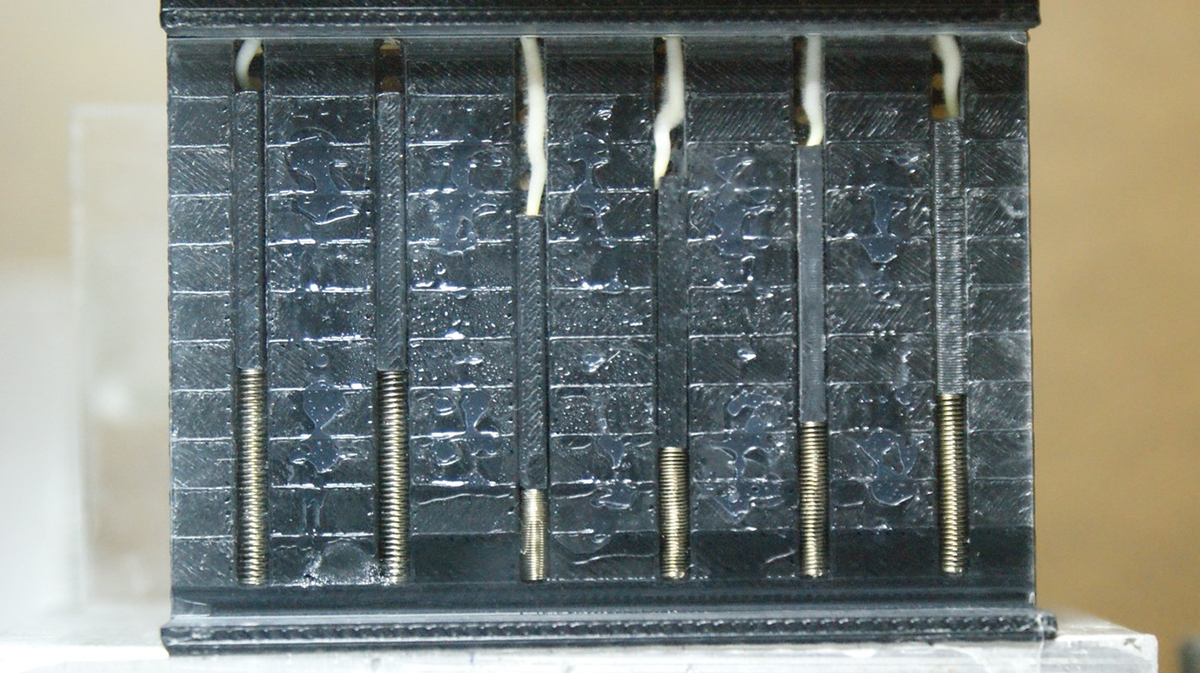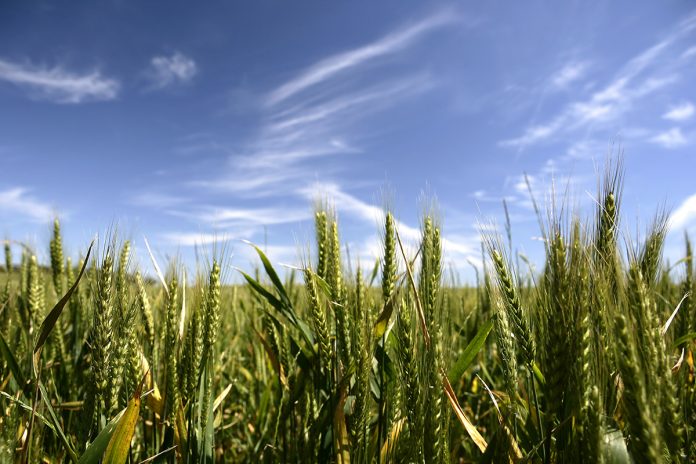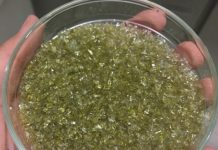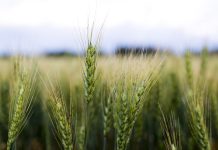Chang-Soo Kim, Professor from Department of Electrical and Computer Engineering – Missouri University of Science and Technology, details his expertise on finding the crop variety with a stronger root force toward higher yield in this agriculture focus
Concerning why crops with a stronger root axial force during growth is required, only approximately 11% of the global soils are considered suitable for agricultural production without limitations. Many of today’s farmers use soils with considerable physical or chemical limitations for crop growth. To improve crop yields, healthy root growth in soils is critically important. Studying root responses to various environmental stimuli is challenging due to the lack of advanced methods. Particularly, the effects of climate change and mechanical environments are difficult to untangle since low precipitation inevitably results in drier soil which increases its mechanical impedance. It is known that the mechanical impedance imposed to the roots within the rooting medium during root growth, for example, the soil compaction by drought, is one of the major environmental stresses that significantly limits crop production.
Simple, inexpensive 3D-printed root growth platform
There is a research work going on to demonstrate a very simple, inexpensive 3-D printed micromechanical systems for measuring the force of maize seedling roots to observe roots experiencing mechanical impedance. We devised an unprecedented device incorporating a micromechanical energy storage device (helical spring) to investigate the behaviour of maize seedling root radicals experiencing mechanical impedance during growth. The platform was prepared by a low-cost 3D-printer with standard-size glass slides serving as the transparent window to observe the actively growing roots. This is a good example of sensors and instrumentation work utilising simple, cheap components to study important biological questions that are still not fully known.
This device platform utilises a helical spring serving as the sensor/actuator to measure the axial force of seedling roots. As the root radical grows downward and compresses an underlying spring down in a miniaturised rhizobox (“root container”), the root tips experience a gradually increasing mechanical impedance generated by the spring. The compressed spring visualises the axial root force. Therefore, it is a very simple, effective and inexpensive approach for measuring the axial force of seedling roots during active growth in real-time.

What we found about several maize varieties
A comparison between the standard model maize (inbred line B73) and some other commercial maize hybrids was made with the device. Some hybrid seeds exhibited faster growth at an initial stage, reaching a lower maximum force than the standard model seeds. Some showed their maximum force in shorter growth duration, whereas the growth of the standard seeds continued for a longer time and reached a maximum force. It is interesting to note that the inbred B73 exhibited the maximum radical axial force at a given condition in our preliminary tests. The considerable differences in maximum force and time required to reach the maximum force among those genotypes indicate differences in the root growth physiology.
The results show that this new approach can differentiate the temporal dynamics of axial root force and the maximum forces achieved by different genotypes. Thus, it provides a novel approach to identify genotypes differing in root growth responses to mechanical impedance, and eventually to characterise the molecular, physiological, and genetic mechanisms underlying responses of radical growth to mechanical impedance stress. The force measured reflects a different mechanical stress imposition over the course of root growth than the force measured by some static approaches and may relate to different scenarios that roots may experience in the real world (i.e. soils of different density, porosity, presence of rocks, etc.). Therefore, the proposed device appears to simulate a more dynamic environment during active elongation in real rooting media more closely than other known methods.
Prospects toward higher crop yield
It is anticipated that the outcomes of this research contribute to developing stress-tolerant crops that counter possible climate change to secure food supply. This type of monitoring platforms may be used to investigate the responses of roots to mechanical impedance in either aeroponic, hydroponic or solid rooting medium environments combined with other abiotic conditions including salinity, nutrients, humidity and temperature.
Overall, the device can simulate the dynamic root responses, in other words, the force that the root tip experiences during growth, to the different levels of compaction of the rooting medium (e.g. soil). Characterisation of mechanical impedance stress in combination with other abiotic stress factors (salts, nutrients, temperature and water, etc.) can also be readily achieved and given the simplicity and small size of the device, scaling up to high-throughput phenotyping is feasible by generating large arrays of such devices. We anticipate the outcomes will contribute to improving the agricultural security and sustainability associated with climate changes and environmental conservation.
Acknowledgement: funded by USDA
Please note: This is a commercial profile











